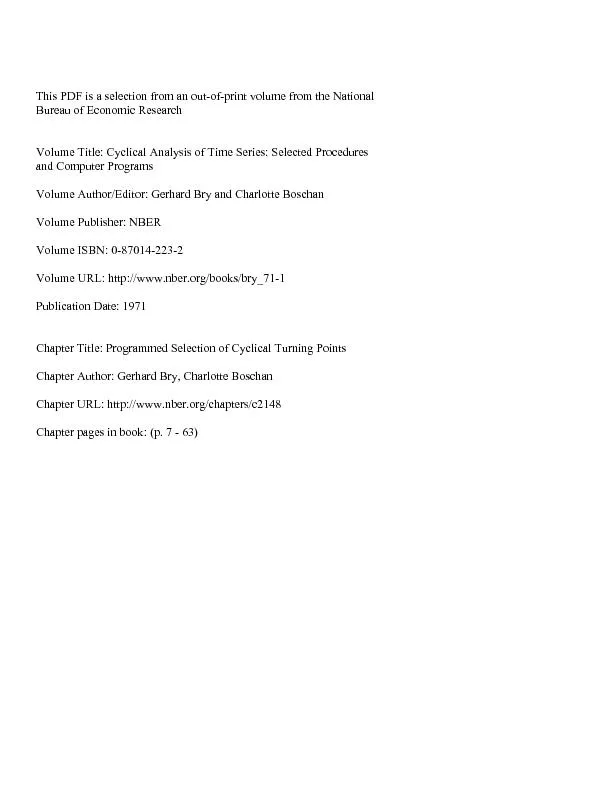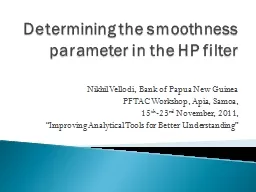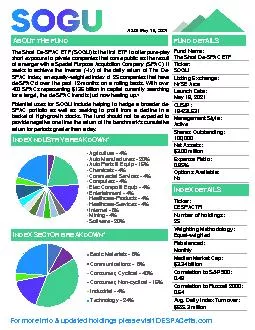PDF-PROGRAMMEDSELECTIONOF CYCLICAL TURNING POINTSPRINCIPLES OF SELECTING T
Author : luanne-stotts | Published Date : 2016-03-10
Cyclical Analysis of Time Seriesphases151expansions and contractions151which are delineated by cyclicalturningWhile the restriction to two phases reduces the statistical
Presentation Embed Code
Download Presentation
Download Presentation The PPT/PDF document "PROGRAMMEDSELECTIONOF CYCLICAL TURNING P..." is the property of its rightful owner. Permission is granted to download and print the materials on this website for personal, non-commercial use only, and to display it on your personal computer provided you do not modify the materials and that you retain all copyright notices contained in the materials. By downloading content from our website, you accept the terms of this agreement.
PROGRAMMEDSELECTIONOF CYCLICAL TURNING POINTSPRINCIPLES OF SELECTING T: Transcript
Download Rules Of Document
"PROGRAMMEDSELECTIONOF CYCLICAL TURNING POINTSPRINCIPLES OF SELECTING T"The content belongs to its owner. You may download and print it for personal use, without modification, and keep all copyright notices. By downloading, you agree to these terms.
Related Documents














